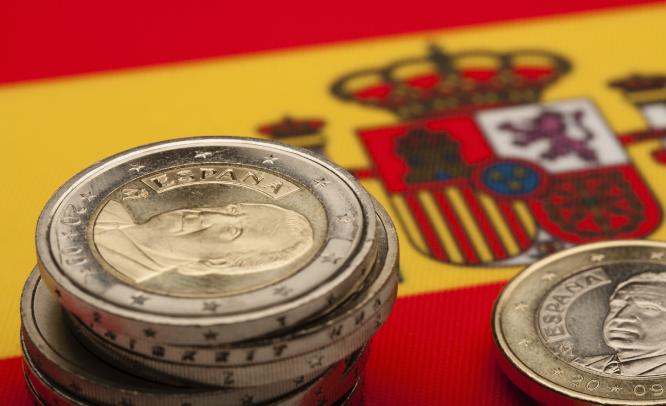According to INE, the economy expanded by 0.6% QoQ (+1.2% YoY) in the second quarter
August 28, 2014: Spain’s economic recovery has continued to gather pace. According to a second estimate by INE, the Spanish economy expanded by 0.6% QoQ (+1.2% YoY) in the second quarter, in line with the earlier “flash” estimate. This is the best quarterly growth performance since the fourth quarter of 2007.
Growth was mainly driven by domestic demand. Consumer spending increased by +0.7% QoQ and fixed investment was up 0.5%. Net exports, by contrast, failed to contribute positively to GDP growth as imports (+1.5%) outpaced exports (+1.3%).
The recent acceleration in Spanish growth is impressive. For a long time, exports were the only source of growth, but now that financial conditions have sharply improved and the labour market is turning, domestic demand is picking up the growth baton. Nevertheless, in our view, it is still too early to assume that a truly self-sustaining recovery has taken hold.
Bank lending is still contracting and unemployment remains extremely high, which, together with the ongoing adjustment in the construction sector and the need for further public-sector deleveraging limits the scope for stronger domestic demand growth. Moreover, export growth may lose some of its sparkle in the wake of weak Eurozone growth and slowing demand from emerging markets.
Finally, there remains a large amount of spare capacity in the Spanish economy, which should ensure that core inflation, which has been hovering around zero for the past 10 months, will not pick up any time soon.
Low inflation – the headline rate fell to a fresh cyclical low of -0.5% in August – will not be very helpful in the necessary deleveraging process. Indeed, with low inflation restraining nominal GDP growth and the government still running primary deficits, the government debt-to-GDP ratio remains on track to breach the 100% threshold. For now, however, let’s celebrate the growth turnaround in Spain.
ING

